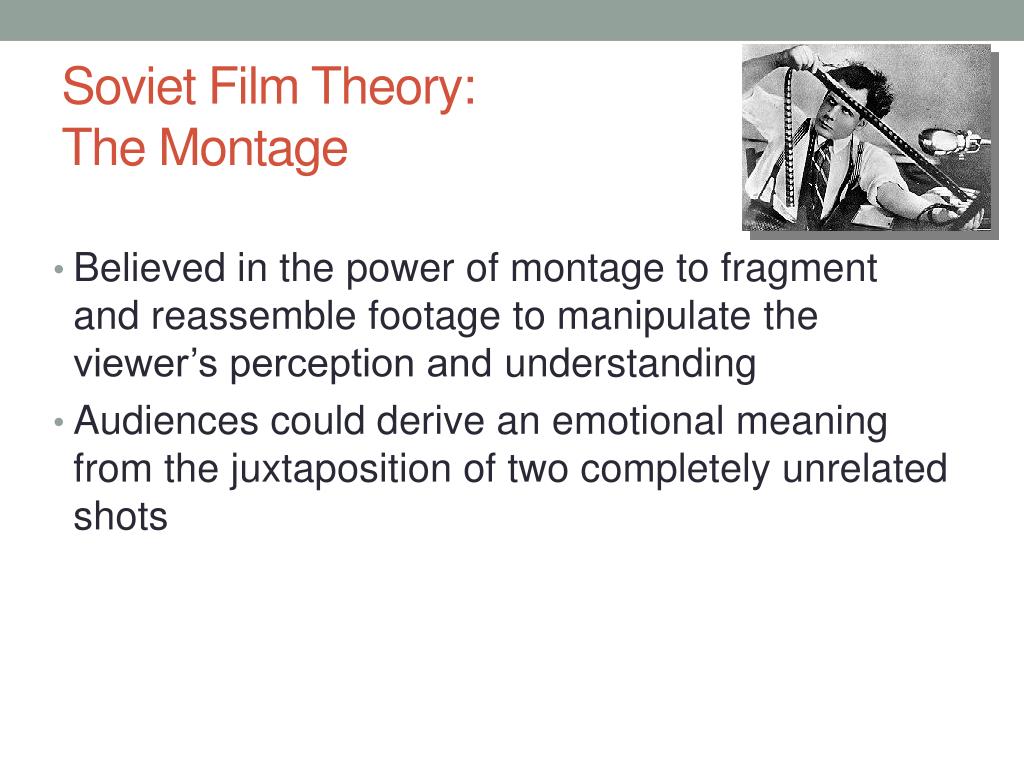

Grounded in extensive sources in Russian and Chinese, this cultural history bridges Slavic and East Asian studies and offers new insight into the transnational dynamics that shaped socialist aesthetics and politics in both countries. He reveals both the aspirations and the limitations of this project, illuminating a crucial chapter in Sino-Russian relations. Reading across genres and media from reportage and biography to ballet and documentary film, Tyerman shows how Soviet culture sought an aesthetics that could foster a sense of internationalist community. The central figure in this story, the avant-garde writer Sergei Tret'iakov, journeyed to Beijing in the 1920s and experimented with innovative documentary forms in an attempt to foster a new sense of connection between Chinese and Soviet citizens. Edward Tyerman tracks how China became the key site for Soviet debates over how the political project of socialist internationalism should be mediated, represented, and produced. Internationalist Aesthetics offers a groundbreaking account of the crucial role that China played in the early Soviet cultural imagination. They sought to reimagine the relationship with China in the terms of socialist internationalism-and, in the process, determine how internationalism was supposed to look and feel in practice. At the same time, a host of prominent figures in Soviet literature, film, and theater traveled to China, met with Chinese students in Moscow, and placed contemporary China on the new Soviet stage. China, divided politically between rival military factions and dominated economically by imperial powers, emerged as the Comintern's prime target. Internationalist Aesthetics by Edward Tyerman Following the failure of communist revolutions in Europe, in the 1920s the Soviet Union turned its attention to fostering anticolonial uprisings in Asia. Prokofiev carefullybalanced his own populist agenda, the perceived aesthetic demands of the films themselves, and, later on, Soviet bureaucratic demands for accessibility. Looking at Prokofiev's film music as a whole - with well-known blockbusters like Alexander Nevsky considered alongside more obscure or aborted projects - reveals that there were multiple solutions to the challenge, each with varying degrees of success.

The picture that emerges is of a composer seeking an individual film-music voice, shunning Hollywood models and objecting to his Soviet colleagues' ideologicallyexpedient film songs.
Soviet montage cinema full#
Drawing on newly available sources, Composing for the Red Screen examines - for the first time - the full extentof this prodigious cinematic career.Bartig examines how Prokofiev's film music derived from a self-imposed challenge: to compose "serious" music for a broad audience. Films for which Prokofiev composed, in particular those of Sergey Eisenstein, are now classics of world cinema.

Hollywood luminaries such as Gloria Swanson tempted him with commissions, and arguably morepeople heard his film music than his efforts in all other genres combined. Composing for the Red Screen by Kevin Bartig Sound film captivated Sergey Prokofiev during the final two decades of his life: he considered composing for nearly two dozen pictures, eventually undertaking eight of them, all Soviet productions.


 0 kommentar(er)
0 kommentar(er)
